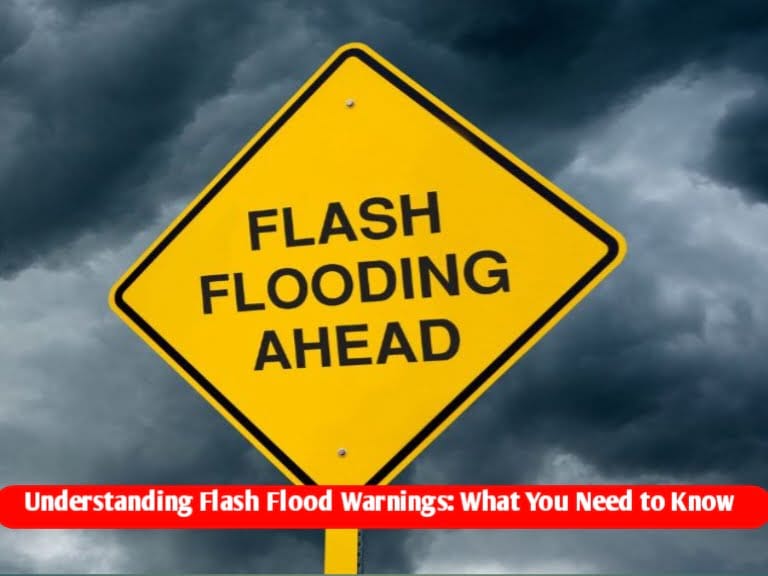Understanding Flash Flood Warnings: What You Need to Know
Flash floods are sudden, severe floods that can occur within minutes or hours of heavy rainfall, dam breaks, or the sudden release of water. A flash flood warning is a critical alert issued by meteorological authorities to inform the public of imminent or ongoing flash floods. This article provides comprehensive information on flash flood warnings, their significance, and what actions to take when one is issued.
What is a Flash Flood Warning?
A flash flood warning is an urgent message issued by national weather services, such as the National Weather Service (NWS) in the United States, indicating that flash flooding is either happening or will occur shortly. These warnings are more severe than watches, which indicate potential conditions for flash floods. The criteria for issuing a flash flood warning include:
- Heavy or excessive rainfall within a short period.
- Rapid rise of water levels in rivers, streams, or other bodies of water.
- Reports of flash flooding in nearby areas.
- Observations of significant weather patterns that may lead to flash flooding.
Causes of Flash Floods
Reed more…. Vinesh Phogat’s Journey and Key Matches: A Champion’s Story
Flash floods can be triggered by various factors, including:
- Heavy Rainfall: Intense rain over a short period can overwhelm drainage systems, leading to rapid water accumulation.
- Dam or Levee Breaks: Structural failures of dams or levees can release large volumes of water quickly.
- Snowmelt: Rapid melting of snow due to a sudden increase in temperature can cause flash floods.
- Urbanization: Cities with impervious surfaces like roads and buildings can experience flash floods due to poor drainage systems.
- Topography: Areas with steep terrain are more susceptible to flash floods as water flows downhill quickly.
Impact of Flash Floods
Flash floods can cause widespread damage and pose significant risks to life and property. Some of the impacts include:
- Property Damage: Floodwaters can damage homes, businesses, infrastructure, and vehicles.
- Injury and Loss of Life: Flash floods can sweep away people and vehicles, leading to injuries and fatalities.
- Disruption of Services: Utilities such as electricity, water supply, and transportation can be severely affected.
- Environmental Damage: Erosion, sediment deposition, and contamination of water bodies can occur.
How to Respond to a Flash Flood Warning
When a flash flood warning is issued, immediate action is crucial to ensure safety. Here are steps to follow:
- Stay Informed: Monitor weather updates through reliable sources like weather apps, radio, television, and official websites.
- Move to Higher Ground: If you are in a low-lying area, evacuate to higher ground immediately.
- Avoid Floodwaters: Never walk, swim, or drive through floodwaters. Even shallow water can be dangerous.
- Secure Your Home: If time permits, move valuable items to higher levels and unplug electrical appliances.
- Follow Evacuation Orders: If local authorities issue evacuation orders, comply without delay.
- Prepare an Emergency Kit: Have an emergency kit ready with essentials like water, food, medications, and important documents.
Long-Term Preparedness
To minimize the impact of flash floods, consider the following long-term preparedness measures:
- Develop an Emergency Plan: Have a plan in place for your family or business, including evacuation routes and communication strategies.
- Install Flood Barriers: Use sandbags or other barriers to protect property from floodwaters.
- Improve Drainage: Ensure that drainage systems around your home or business are clear and functional.
- Stay Educated: Participate in community awareness programs and stay informed about local flood risks.
Conclusion
Flash flood warnings are critical alerts that require immediate attention and action. Understanding the causes, impacts, and appropriate responses to flash floods can significantly enhance safety and preparedness. By staying informed and taking proactive measures, individuals and communities can mitigate the risks associated with flash floods.
How did you like the information given in our article today, please tell us in the comment section and for more such posts, follow our page The News House, thank you
